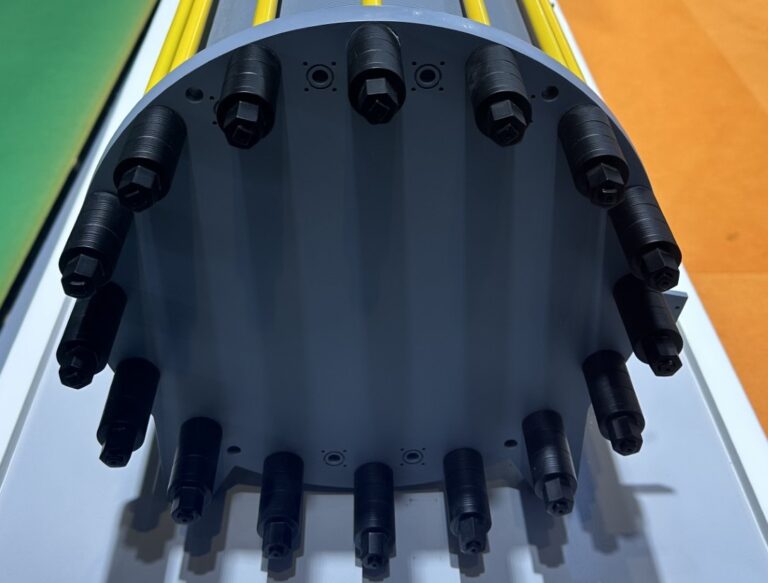German researchers have developed a new way to release hydrogen from ammonia, while a new MIT study shows the need for strict emissions regulations on ammonia combustion for maritime mobility.
Ruhr University Bochum Researchers have shown that multimetal catalysts integrated into gas diffusion electrodes (GDEs) can oxidize gaseous ammonia (NH3) to form mainly NO2-, a precursor to fertilizer, while avoiding the formation of N2. “To avoid the release of H2 in a reverse Haber-Bosch reaction, which releases the energetically more favorable N2, we propose the oxidation of ammonia to value-added nitrite (NO2-), which is commonly obtained during the Ostwald process” , says the researcher. German academics said in “Gas Diffusion Electrodes for Electrocatalytic Oxidation of Gaseous Ammonia: Crossing the Nitrogen Energy Gap.” They combined ammonia and water to produce nitrite and hydrogen, using a multimetal catalyst on Ni foam, with Nif_AlCoCrCuFe showing up to 88% Faradaic efficiency for NO2 and almost 100% efficiency for H2 production, as described in Angewandte Chemie.
Massachusetts Institute of Technology Researchers have warned that using ammonia as a maritime fuel could worsen air quality and lead to “devastating public health consequences” without new emissions regulations. Their research suggests that, under current legislation, switching the global fleet to ammonia could result in approximately 600,000 additional premature deaths annually, while stricter regulations could prevent approximately 66,000 deaths compared to current emissions from maritime shipping. The researchers cited the emissions of nitrous oxide (N2O) and nitrogen oxides such as NO and NO2 from the combustion of ammonia as major concerns. “Requiring NH3 cleanup within current emission control areas leads to smaller improvements in PM2.5-related deaths (22,100 deaths avoided for NH3-H2 and 623,900 additional deaths for pure NH3 per year), while meeting both Tier III NOx standards and expanding NH3 cleanup requirements globally will result in greater reductions in PM2.5-related deaths (66,500 deaths avoided for NH3-H2 and 1,200 additional deaths for pure NH3 per year),” the researchers said in their letter, which was published in Environmental research.
Rolls Royce has unveiled plans to test a full-scale gas turbine using hydrogen at NASA’s Stennis Space Center in Mississippi with easyJet. “The tests will demonstrate the integration of technologies required for 100% hydrogen fuel use on a modified Rolls-Royce Pearl 15 engine. Tata Consultancy Services (TCS) provides technical expertise,” said Rolls Royce.
ZeroAvia said Jekta has chosen its fuel cell power generation system (PGS) technology to develop a fuel cell variant of its electric amphibious flying boat. “The PHA-ZE 100 is expected to achieve a range of up to 500km or 600km and increase payload capacity by up to one tonne, further expanding the airframe’s capabilities,” said ZeroAvia. “Operation and maintenance costs can also be reduced with a hydrogen fuel system with a lifespan of up to 20,000 hours.” ZeroAvia and the Swiss-based developer of the PHA-ZE 100 will work together to develop and certify an integrated PGS, including inverters, electronic components and a hydrogen refueling and fuel system.
Ohmium said it has opened a new gigafactory in Doddaballapura, near Bengaluru, India. “The state-of-the-art facility spans nearly 150,000 square feet and will be expanded to ship 2 gigawatts (GW) of fully assembled and tested electrolyzer systems to meet global project requirements,” said the manufacturer of proton exchange membrane (PEM) electrolyzers. The California-based company, which already works with major companies such as NTPC and Tata in India, increased $250 million in a Series C funding round in April, with 3M among the investors.
This content is copyrighted and may not be reused. If you would like to collaborate with us and reuse some of our content, please contact: editors@pv-magazine.com.


